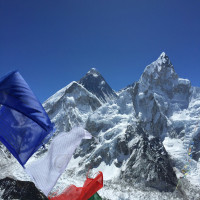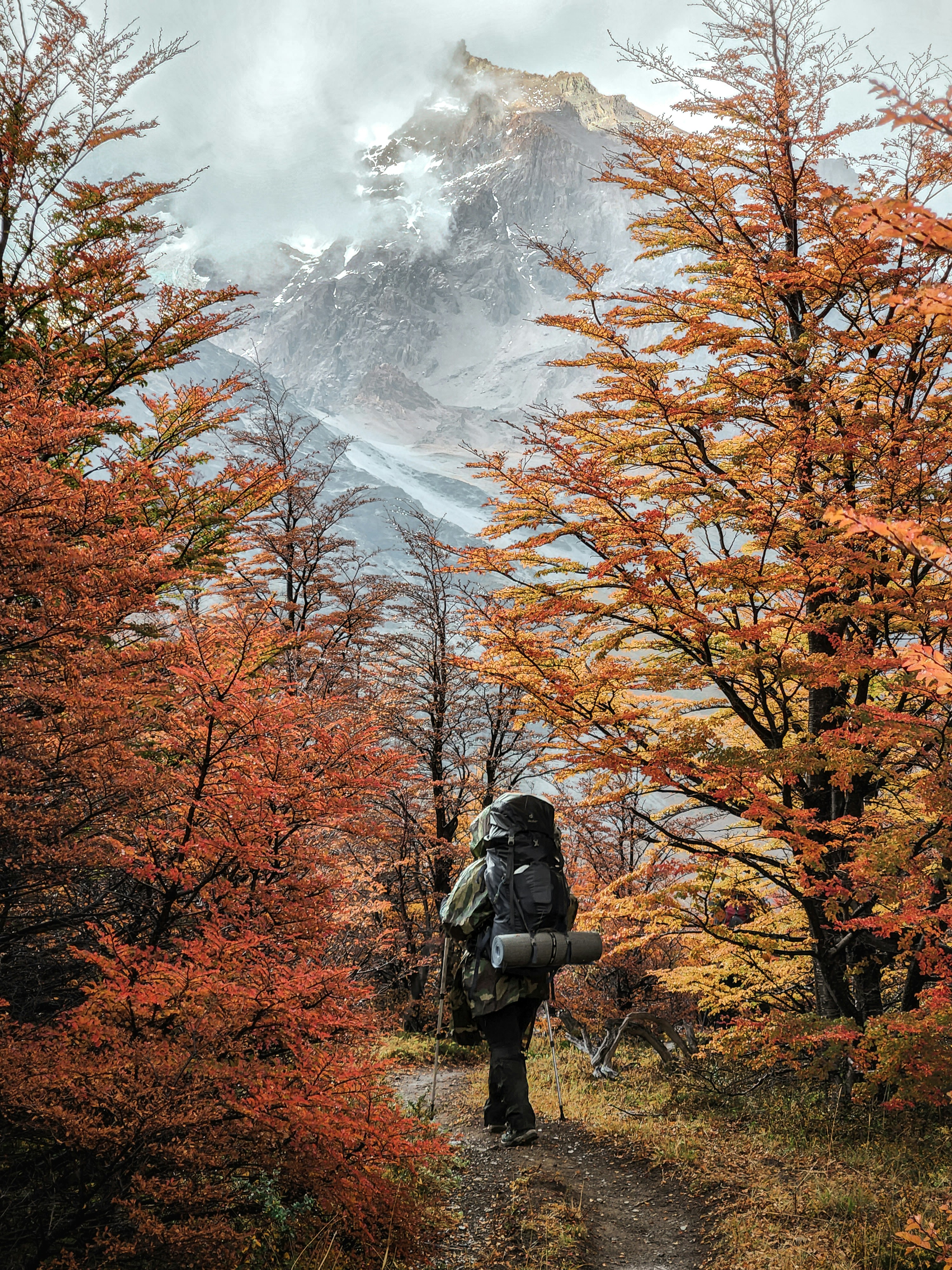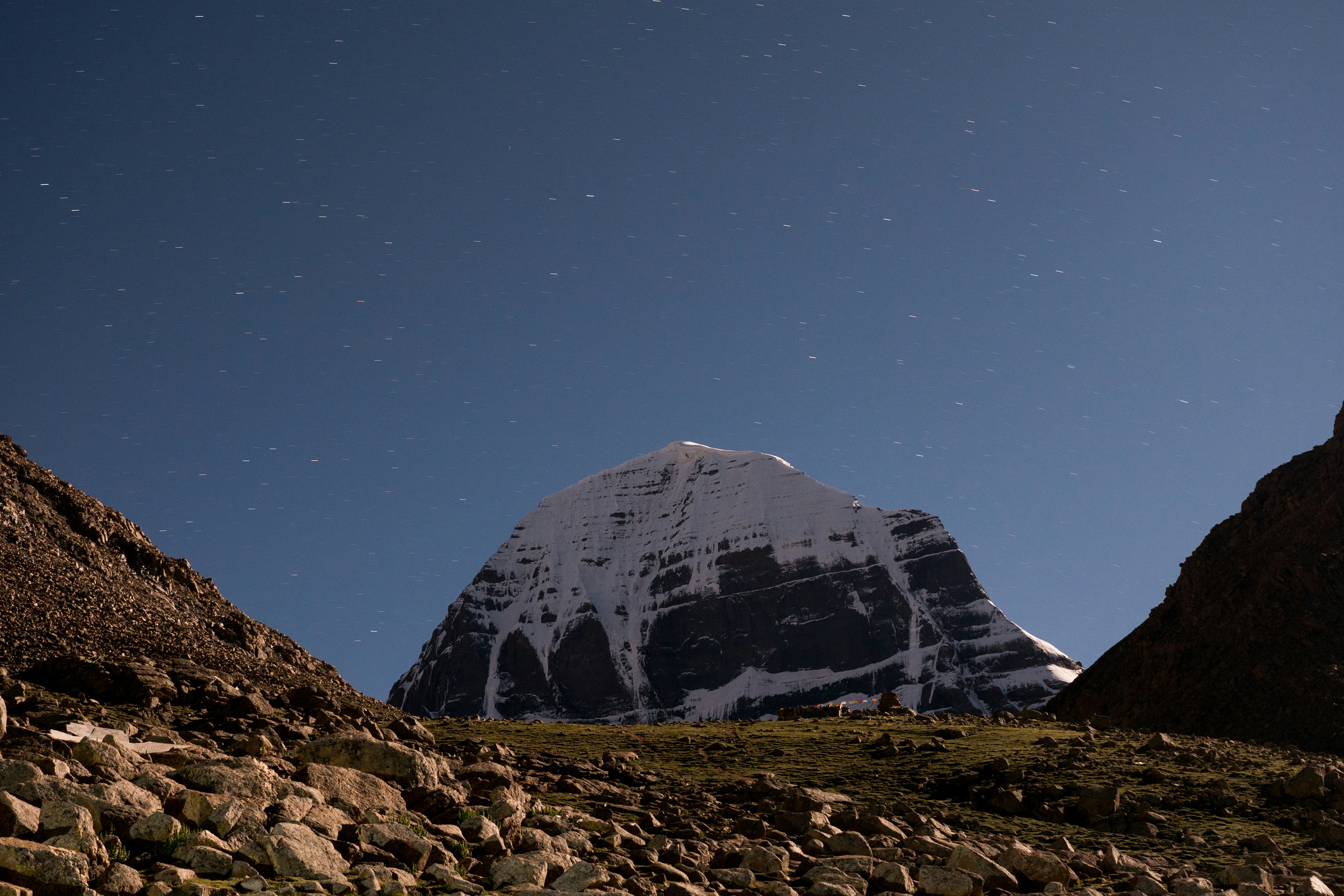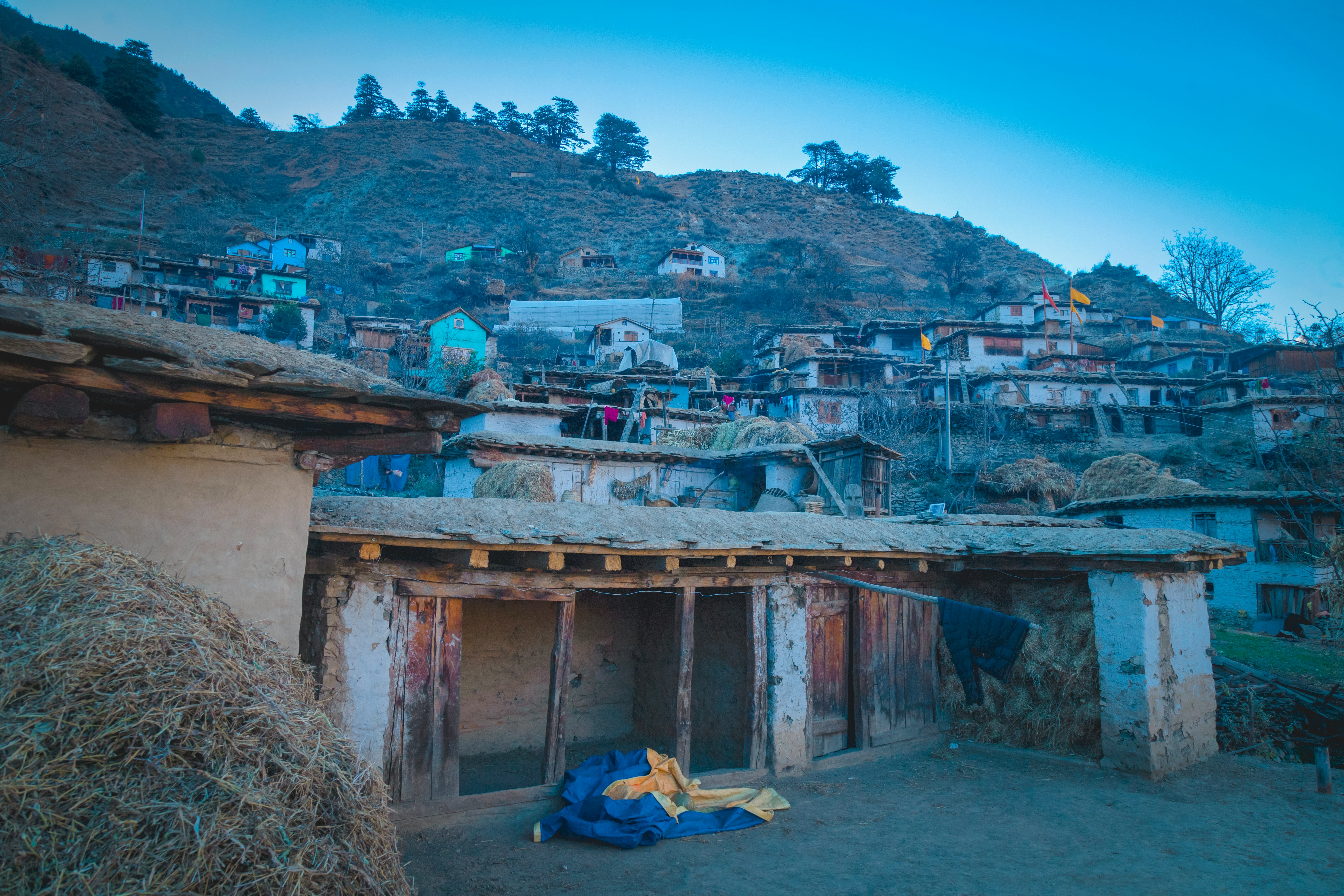The Living Goddess Kumari: Nepal's Sacred Tradition
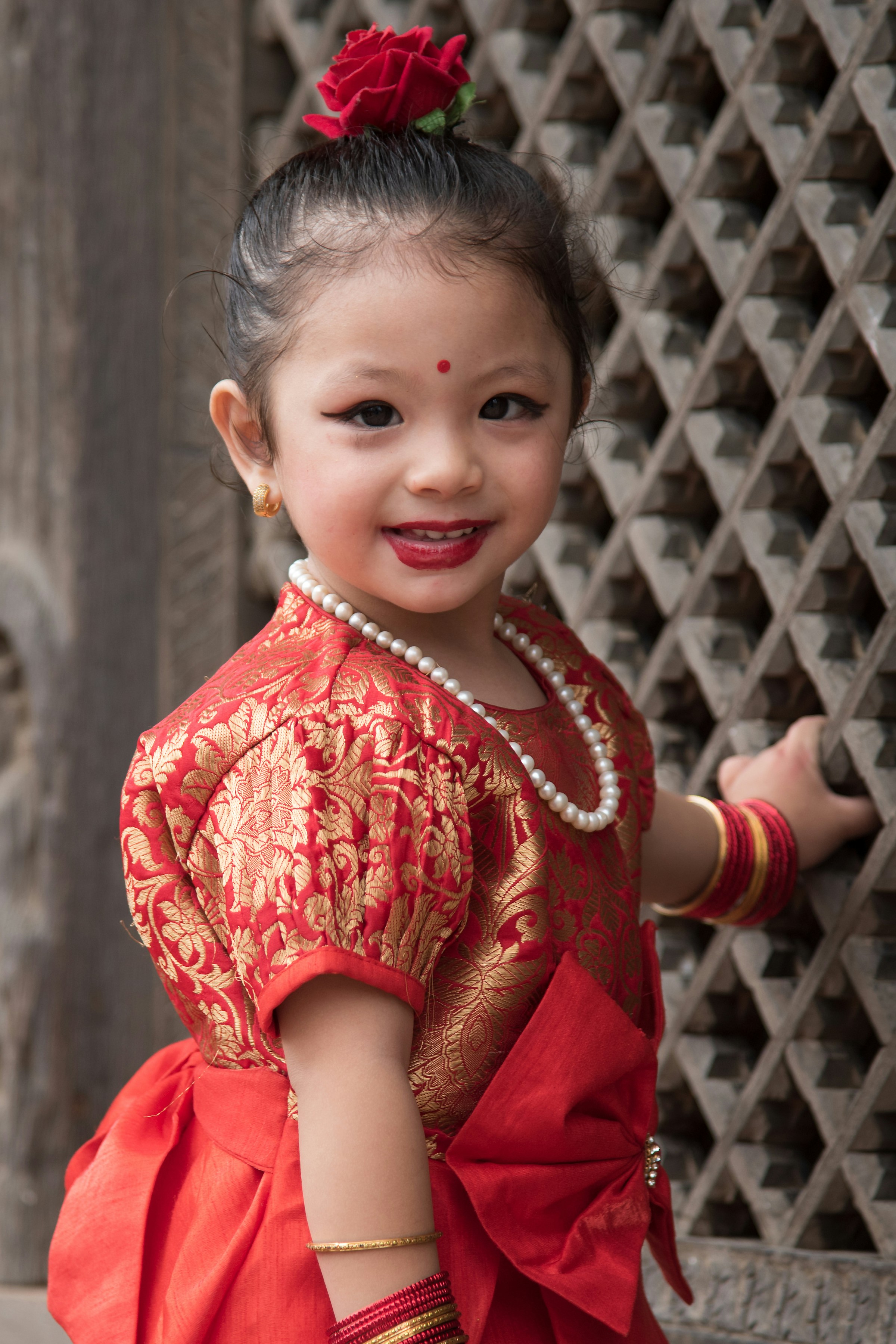
Introduction:
In the heart of Kathmandu, Nepal, there exists a unique cultural and spiritual phenomenon known as the Living Goddess or "Kumari." This tradition, deeply rooted in both Hindu and Buddhist practices, venerates a young girl as a incarnation of the divine female energy, Shakti, specifically the goddess Taleju Bhawani or Durga. Here, we explore the history, selection process, life, and the cultural significance of the Kumari in Nepalese society.
Historical Background:
The tradition of the Kumari dates back centuries, with origins traced to the Malla Dynasty of Nepal. Legend has it that King Jaya Prakash Malla, the last king of the dynasty, once played dice with the goddess Taleju at night. When the queen intruded upon their secret meetings, Taleju, feeling her privacy was invaded, vowed never to return. However, she promised to manifest as a young girl from the Shakya community, thus beginning the Kumari tradition.
Method of Selection:
The process of choosing a Kumari is methodical and ceremonial:
Eligibility requirements include being a member of the Buddhist Newar community, belonging to the Shakya or Bajracharya caste, and typically being between the ages of two and four. Her horoscope needs to match the astrological chart of the nation's ruler, who has traditionally been the king.
Physical Perfection: She must possess 32 distinct physical attributes, such as a conch-shell neck, a lion's chest, and a duck-like voice. She is associated with ancient deities through these symbolic qualities.
Tests of Courage: The girl must pass tests that require her to be fearless, such as witnessing a buffalo sacrifice and being among masked men who act like devils.
Final Rituals: After completing cleansing rites, the selected girl is regarded as the goddess' vessel.
Life as a Kumari:
After being chosen, the Kumari resides at Durbar Square in Kathmandu in the Kumari Ghar, also known as the abode of the living goddess. She lives in isolation here, and her family can only come to see her during certain holidays.
Daily Life: Strict guidelines of seclusion and chastity regulate her life. She is revered every day, her deeds are understood as prophecies, and she hardly ever leaves her home outside of significant holidays like Indra Jatra, when she is paraded through the city on a chariot.
Education: Although Kumaris did not receive formal education in the past, new developments have made private teaching possible. Although it is still difficult to strike a balance between religious obligations and education, attempts have been made to guarantee that Kumaris receive an education since the Supreme Court's 2008 intervention.
Transition and Afterlife:
End of Tenure: The first menstruation, which indicates that the goddess has departed from her body, or a serious injury that results in blood loss, which represents the loss of purity, mark the end of the Kumari's rule.
Reintegration: After living as deities, ex-Kumaris may find it difficult to return to their regular lives. Even if they continue to enjoy some respect and status in society, they frequently have to make social and psychological adaptations. Some have married and pursued employment, leading regular lives.
Cultural Importance:
Symbol of Protection and Power: From ancient rulers to contemporary politicians, leaders have looked to the Kumari for her blessings, viewing her as a protector of the country.
Cultural Fusion: In Nepal, where religious traditions are entwined and both groups honor the Kumari, the custom is a prime example of the syncretism of Buddhism and Hinduism.
Debates and Modernity: Although the practice is highly regarded, child rights advocates have questioned it for possible exploitation. Many, however, also contend that it should be preserved as an essential component of Nepal's cultural legacy, which has sparked continuous debates on how to modernize the custom while upholding its purity.
Conclusion:
The Living Goddess Kumari is more than a cultural icon; she embodies the spiritual essence of Nepal, bridging the divine with the human world. This tradition, with its blend of awe, devotion, and controversy, continues to fascinate and challenge the modern world, offering a unique lens through which to view the complexities of culture, religion, and identity in Nepal.
Note: IndiBlogHub features both user-submitted and editorial content. We do not verify third-party contributions. Read our Disclaimer and Privacy Policyfor details.

